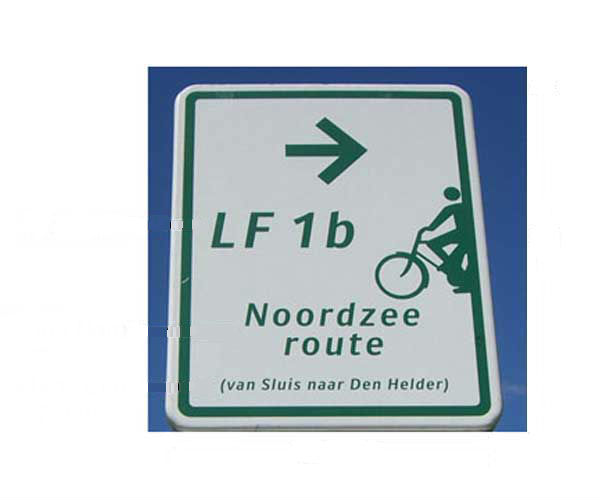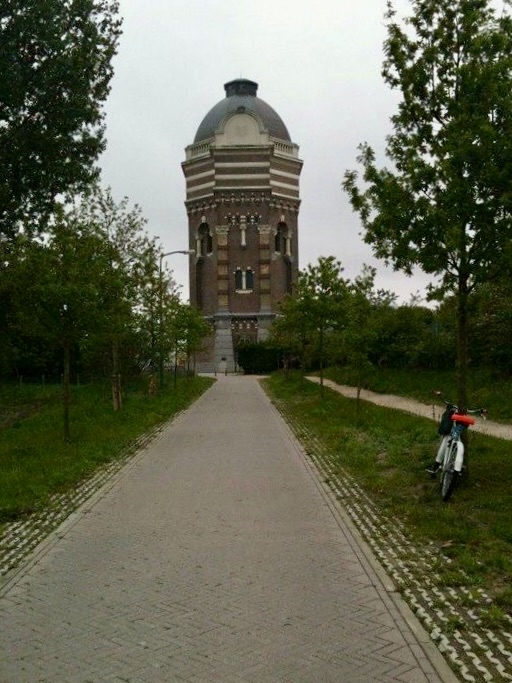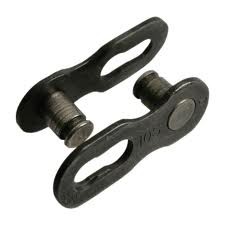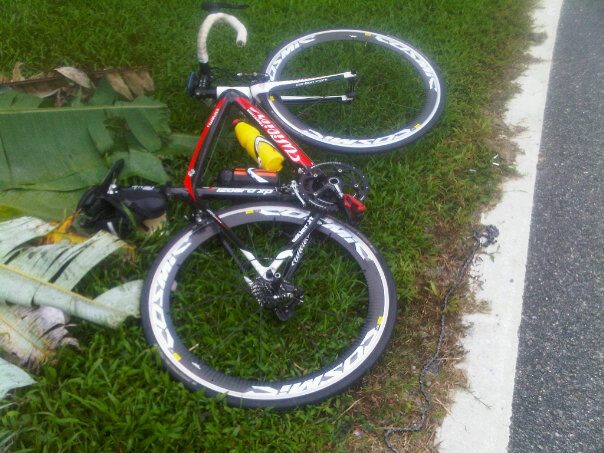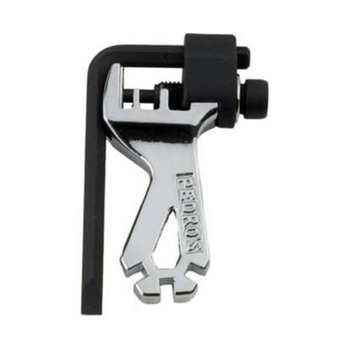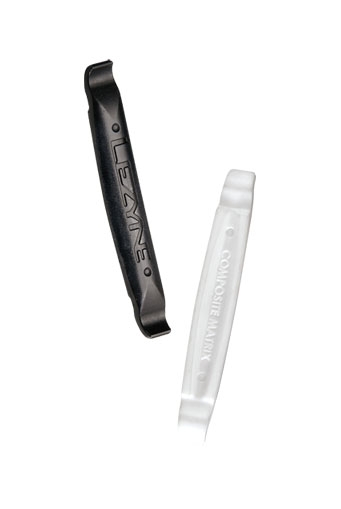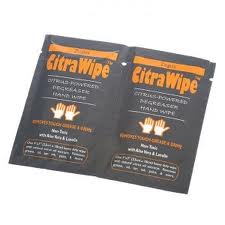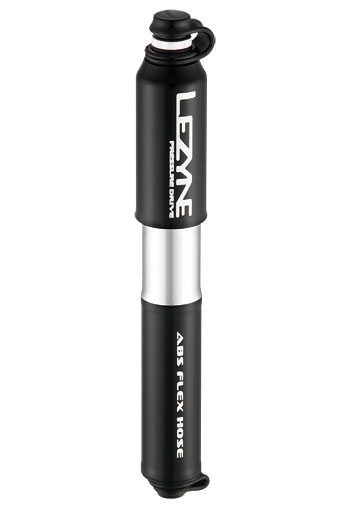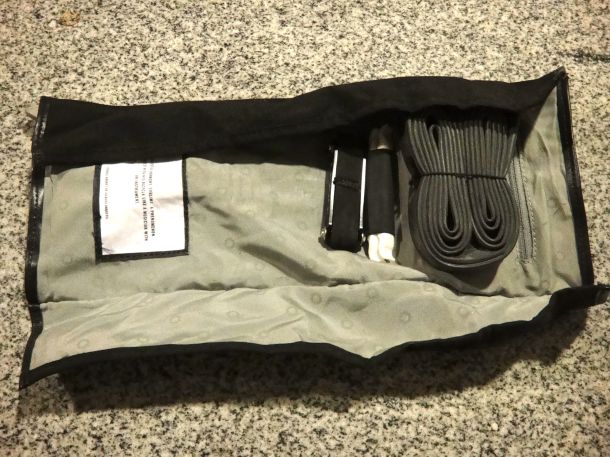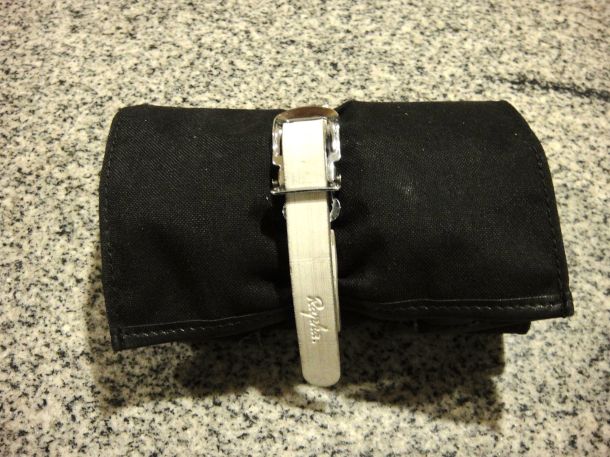Last week I rode up to Genting Sempah for the first time since my Racun Cycling Gang friends hauled me up there on my maiden Kuala Lumpur ride three months ago. Moon, Farah, Farid, Syihan, Wan and I started a bit further down the hill this time. “So we can have a warm-up” was the reason Syihan gave me for the extra kilometers.
We must have had fun last week (I admit the 20 kilometer / 12 mi descent is a blast) because Syihan, Wan and I did that ride again this morning. Azhar, who works with Syihan, rode with us. So did Galvin, Qiao, Rama and Jamali, whom we linked up with via that living map of human connections that is Facebook. We started the ride together but it wasn’t long before Azhar, Syihan, Galvin and Qiao rode up the hill away from me.
I was keen to measure my effort a bit better this time. My goal was to keep my pulse below 150 bpm. I wanted to see if I could get to the summit without overheating. It was 25° C / 77° F when we started. Most of the climb is shaded so I stayed relatively cool. I needed my Sweat Gutr in the 84% humidity though. There was still a haze of moisture in the air as I rode past this brave little fellow. The rest of his peanut gallery friends had scattered into the trees as I approached.
It was no surprise that my jersey was soaked by the time I had traversed the last of the 600 meters / 1,970 ft to the summit. I didn’t feel as hot or as breathless as I had the week before though. I had kept my pulse below 150 bpm as planned, except while getting up the 7.5% kicker near the top. It was a surprise that I got to the top in a little less time than it took me the week before. There is something in that “slow and steady” adage after all.
The problem with feeling good during a ride is that you get cocky. There was talk of continuing on from Genting Sempah to Janda Baik. The additional 30 km / 18.5 mi were described as “rolling”. It sounded like such a good idea at the time that I even got Wan to change his mind about heading straight back down the way he had just come.
This is the profile of the ride between the summit of Genting Sempah to the turn-around point in Janda Baik and back to Genting Sempah. I leave it to you to decide if I was misled.
Those “rolling” 30 km added more than 450 meters / 1,470 ft to the climbing total for the day. It was a good thing that I had rationed my efforts earlier in the day. I needed to have something left in the tank for the 1 km drag back to the top of Genting Sempah. The steepest slope of the entire ride. So I continued to modulate my efforts. The younger guys rode off ahead on the climbs. I spent much of the time spinning on my own. Literally.
We regrouped outside the McDonald’s at the Genting Sempah Rest Area.
Then it was time to head up the final slope and collect the payoff for all that climbing. It was time to stop holding back, stay off the brakes and chase trucks all the way down the hill.










































